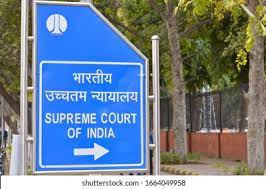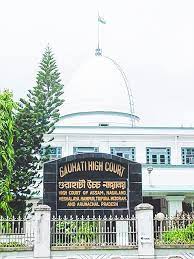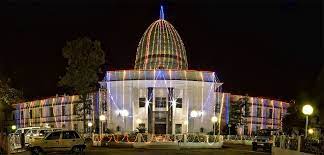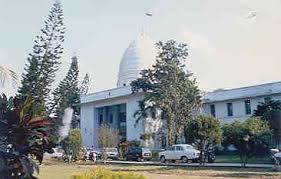The appellants were convicted for the offences punishable under Part I of Section 304 and Section 324 read with Section 149 of the Indian Penal Code, 1860 (for short, ‘IPC’). They were sentenced to undergo rigorous imprisonment for seven years and pay a fine of Rs. 5,000/-. (Para 1)
The Trial Court acquitted all the accused. However, by the impugned judgment, the High Court has interfered and convicted the appellants (Para 3)
Normally, when an Appellate Court exercises appellate jurisdiction, the duty of the Appellate Court is to find out whether the verdict which is under challenge is correct or incorrect in law and on facts. The Appellate Court normally ascertains whether the decision under challenge is legal or illegal. But while dealing with an appeal against acquittal, the Appellate Court cannot examine the impugned judgment only to find out whether the view taken was correct or incorrect. After re-appreciating the oral and documentary evidence, the Appellate Court must first decide whether the Trial Court’s view was a possible view. The Appellate Court cannot overturn acquittal only on the ground that after re-appreciating evidence, it is of the view that the guilt of the accused was established beyond a reasonable doubt. Only by recording such a conclusion an order of acquittal cannot be reversed unless the Appellate Court also concludes that it was the only possible conclusion. Thus, the Appellate Court must see whether the view taken by the Trial Court while acquitting an accused can be reasonably taken on the basis of the evidence on record. If the view taken by the Trial Court is a possible view, the Appellate Court cannot interfere with the order of acquittal on the ground that another view could have been taken. (Para 8)
Coming back to the facts of the case, after having carefully perused the impugned judgment, we find that there is no discussion about the testimony of eyewitnesses for deciding whether their testimony could be believed. In fact, there are no findings recorded by the High Court after reappreciating the evidence. There is not even a finding to indicate that the High Court considered the question whether the view taken by the Trial Court was a possible view. Without recording any reasons and without recording any finding regarding the role played by the appellants individually and collectively, the High Court has jumped to the conclusion that the guilt of the accused has been established. The judgment does not throw any light on the question who were the authors of the injuries sustained by the deceased and the injured witnesses. There is no finding as to how Section 149 of IPC gets attracted. (Para 10)
The Trial Court found that the failure to investigate the cause of injury suffered by the accused no.1 is a serious lacuna in a prosecution case. (Para 13)
There was a fight over property between the accused and the family of the complainant. After in-depth scrutiny of the testimony of the eyewitnesses, for the reasons recorded, the Trial Court was unable to accept their testimony. After having examined the evidence of the material prosecution witnesses and findings of the Trial Court, we must hold that the conclusions recorded by the Trial Court were possible conclusions which could have been recorded on the basis of the evidence on record. (Para 14)
SUPREME COURT OF INDIA
2023 STPL(Web) 299 SC
[2023 INSC 858]
D. Sundara & Ors. Vs. State Of Karnataka
Criminal Appeal No. 247 of 2011-Decided on 26-9-2023
https://stpllaw.in/wp-content/uploads/2023/10/2023-STPLWeb-299-SC.pdf







